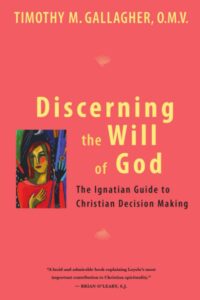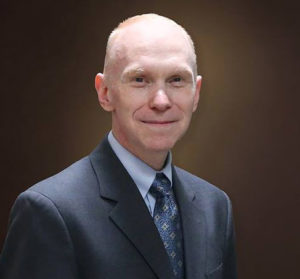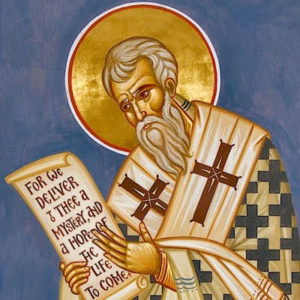Podcast: Play in new window | Download (Duration: 27:48 — 19.2MB) | Embed
Subscribe: Apple Podcasts | Spotify | Amazon Music | Android | Pandora | iHeartRadio | JioSaavn | Podchaser | Gaana | Podcast Index | Email | TuneIn | Deezer | Anghami | RSS | More
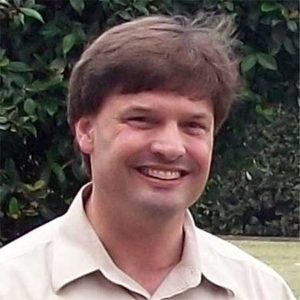
Episode 16 – “Heaven in Faith” Day 8 Prayer 2 – “For love of Him I have forfeited everything.”
In this episode, Dr. Anthony Lilles and Kris McGregor discuss the theme of identification with Christ. They delve into St. Paul’s words about forfeiting everything for the excelling knowledge of Christ and sharing in his suffering. The retreat’s purpose is to become more like Christ and be so united with him that his life becomes ours, and the importance of studying Jesus and imitating him, not just externally, but by opening our hearts to his presence and listening to his word.
The realism of Christianity in facing life’s challenges but also the courage and strength found in surrendering to God’s will, which enables one to sing praises even in difficult circumstances and letting the life of Christ inform their daily lives, standing firm with courage and bravery in a world that needs strong Christian witness.
From “Heaven in Faith: Day 8 Prayer 2”:
“It seems to me that all is loss since I have known the excelling knowledge of my Lord Jesus Christ. For love of Him I have forfeited everything. I have accounted all else rubbish that I may gain Christ. What I want is to know Him, to share in His sufferings, to become like Him in His death. I pursue my course striving to attain what He has destined me for by taking hold of me. My whole concern is to forget what is behind and to strain forward constantly to what is ahead. I run straight to the goal, to the vocation to which God has called me in Christ Jesus.” That is: I want only to be identified with Him: “Mihi vivere Christus est,” “Christ is my life!”
All the intensity of St. Paul’s soul is poured out in these lines. The object of this retreat is to make us more like our adored Master, and even more, to become so one with Him that we may say: “I live no longer I, but He lives in me. And the life that I now live in this body of death, I live in the faith of the Son of God, who loved me and gave Himself up for me.” Oh! Let us study this divine Model: His knowledge, the Apostle tells us, is so “excelling.”
And when He first came into the world what did He say? “You no longer delight in holocausts; so I have assumed a body and I come, O God, to do Your will.” During the thirty-three years of His life this will became so completely His daily bread, that at the moment of handing over His soul into His Father’s hands, He could say to Him: “All is accomplished,” yes, all Your desires, all have been realized, that is why “I have glorified You on earth.” When Jesus Christ spoke to His apostles of this food which they did not know, He explained to them “that it was to do the will of Him who sent Me.” Also He could say: “I am never alone. He who sent Me is always with Me because I do always the things that are pleasing to Him.” Let us lovingly eat this bread of the will of God. If sometimes His will is more crucifying, we can doubtless say with our adored Master: “Father, if it is possible, let this cup pass me by,” but we will add immediately: “Yet not as I will, but as You will”; and in strength and serenity, with the divine Crucified, we will also climb our calvary singing in the depths of our hearts and raising a hymn of thanksgiving to the Father. For those who march on this way of sorrows are those “whom He foreknew and predestined to be conformed to the image of His divine Son,” the One crucified by love!”
Elizabeth of the Trinity. The Complete Works of Elizabeth of the Trinity, vol. 1 (featuring a General Introduction and Major Spiritual Writings) (Elizabeth of the Trinity Complete Work) (pp. 158-160). ICS Publications. Kindle Edition.
Discerning Hearts Reflection Questions
- Identification with Christ: How does St. Paul’s fervent desire to know Christ and share in his suffering resonate with your own spiritual journey?
- Surrendering to the Father’s Will: Reflect on the idea of surrendering to the Father’s will with love and obedience, even in the face of suffering. How can you cultivate a deeper trust in God’s plan for your life?
- Studying Jesus: In what ways can you deepen your study and imitation of Jesus in your daily life? How can you open your heart more fully to his presence and listen attentively to his word?
- Concrete Application: Consider how you can make the concept of identification with Christ more concrete in your life. How can you embody Christ’s love and courage in your relationships and daily interactions?
- Standing Firm in Faith: Reflect on the call to stand firm in faith, especially in the midst of challenges and cultural pressures. How can you be a strong witness to Christ’s life in a world that needs it more than ever?
We would like to thank Miriam Gutierrez for providing “the voice” of St. Elizabeth for this series
For other episodes in the series visit the Discerning Hearts page for Dr. Anthony Lilles
Anthony Lilles, S.T.D., has served the Church and assisted in the formation of clergy and seminarians since 1994. Before coming to St. Patrick’s, he served at seminaries and houses of formation in the Archdiocese of Denver and the Archdiocese of Los Angeles. The son of a California farmer, married with young adult children, holds a B.A. in theology from the Franciscan University of Steubenville with both the ecclesiastical licentiate and doctorate in spiritual theology from the Pontifical University of Saint Thomas Aquinas in Rome (the Angelicum). An expert in the writings of St. Elizabeth of the Trinity and the Carmelite Doctors of the Church, he co-founded the Avila Institute for Spiritual Formation and the High Calling Program for priestly vocations. He also founded the John Paul II Center for Contemplative Culture, which hosts symposiums, retreats, and conferences. In addition to his publications, he blogs at www.beginningtopray.com .

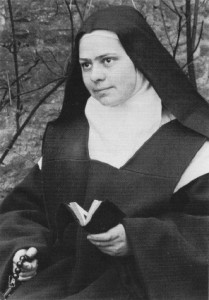
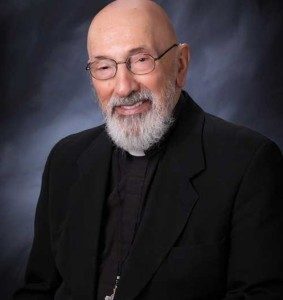 Msgr. John A. Esseff is a Roman Catholic priest in the Diocese of Scranton. He served as a retreat director and confessor to St. Teresa of Calcutta. He continues to offer direction and retreats for the sisters of the missionaries of charity. He has lived in areas around the world, serving in the Pontifical missions, a Catholic organization established by St. Pope John Paul II to bring the Good News to the world especially to the poor. He is a founding member of the Pope Leo XIII Institute. He continues to serve as a retreat leader and director to bishops, priests and sisters and seminarians, and other religious leaders.
Msgr. John A. Esseff is a Roman Catholic priest in the Diocese of Scranton. He served as a retreat director and confessor to St. Teresa of Calcutta. He continues to offer direction and retreats for the sisters of the missionaries of charity. He has lived in areas around the world, serving in the Pontifical missions, a Catholic organization established by St. Pope John Paul II to bring the Good News to the world especially to the poor. He is a founding member of the Pope Leo XIII Institute. He continues to serve as a retreat leader and director to bishops, priests and sisters and seminarians, and other religious leaders.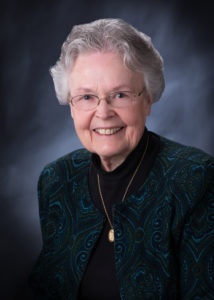
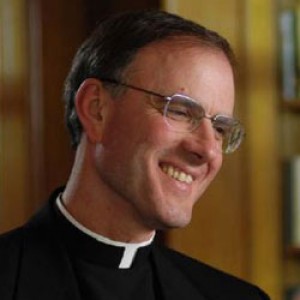 A Sister of St. Thérèse: Servant of God, Léonie Martin – Bearer of Hope with Fr. Timothy Gallagher – Episode 3
A Sister of St. Thérèse: Servant of God, Léonie Martin – Bearer of Hope with Fr. Timothy Gallagher – Episode 3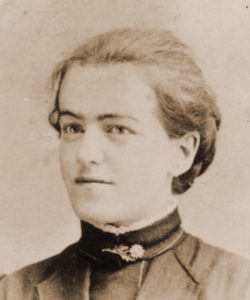
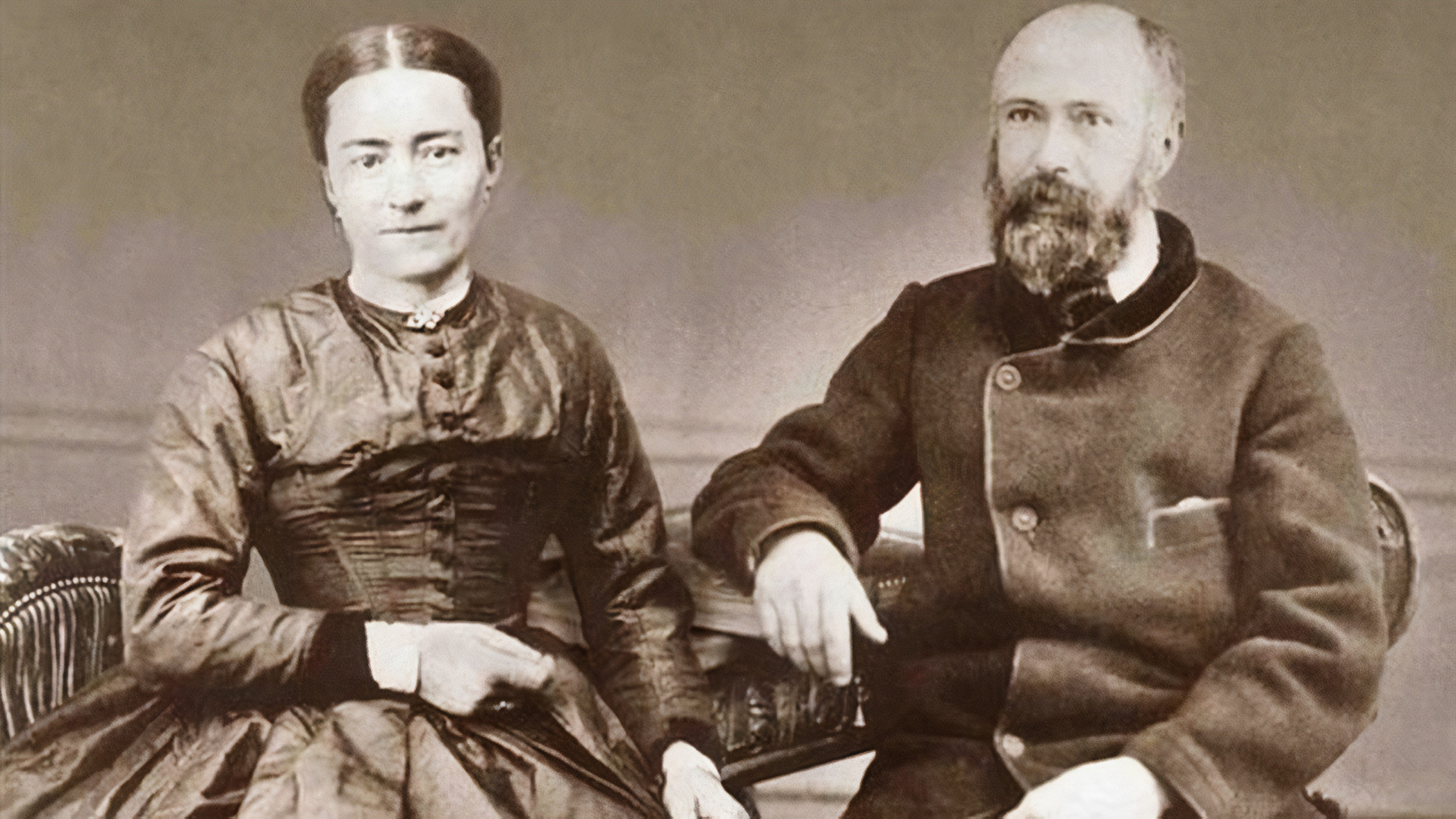
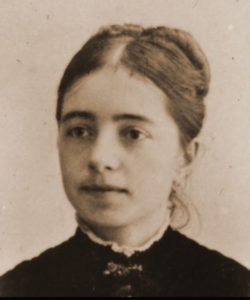
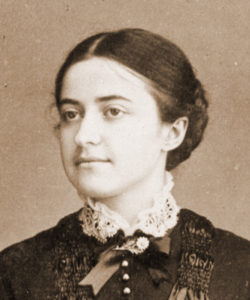
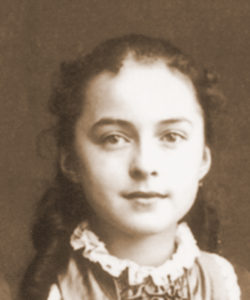
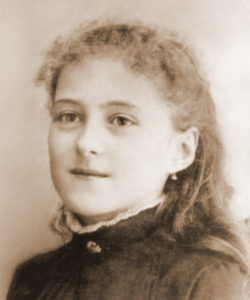
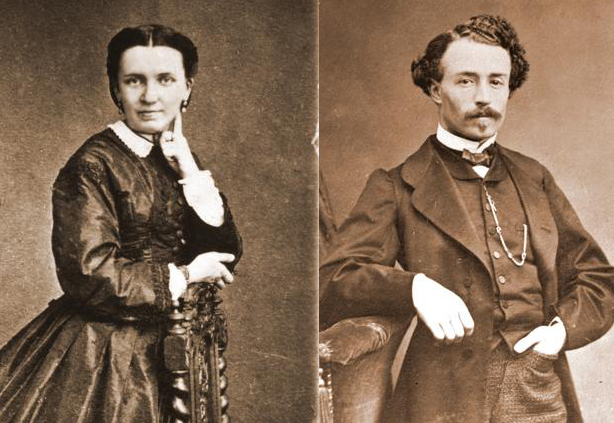
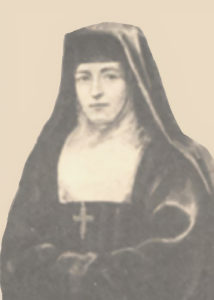
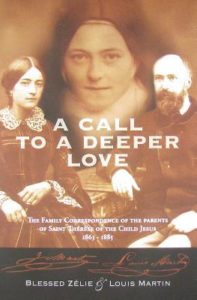

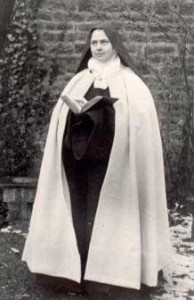

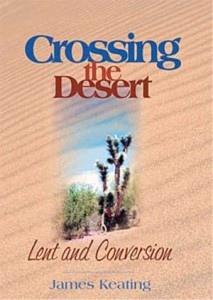 An excerpt from “Crossing the Desert: Lent and Conversion”:
An excerpt from “Crossing the Desert: Lent and Conversion”: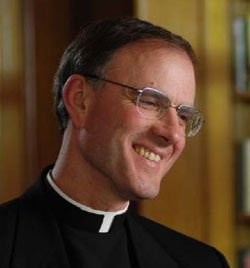 Guided by Grace – “What am I to do?” The Discernment of God’s Will in Everyday Decisions with Fr. Timothy Gallagher
Guided by Grace – “What am I to do?” The Discernment of God’s Will in Everyday Decisions with Fr. Timothy Gallagher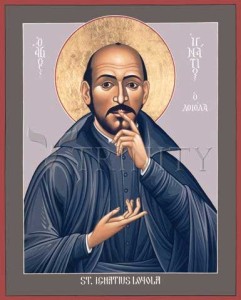 Discerning Hearts Reflection Questions:
Discerning Hearts Reflection Questions: